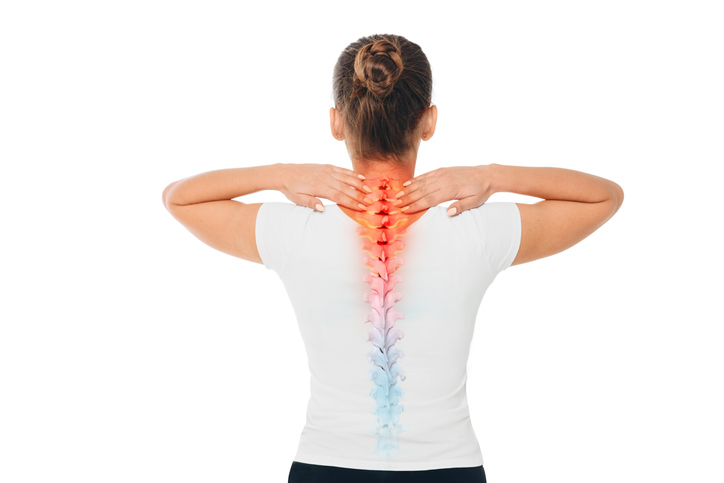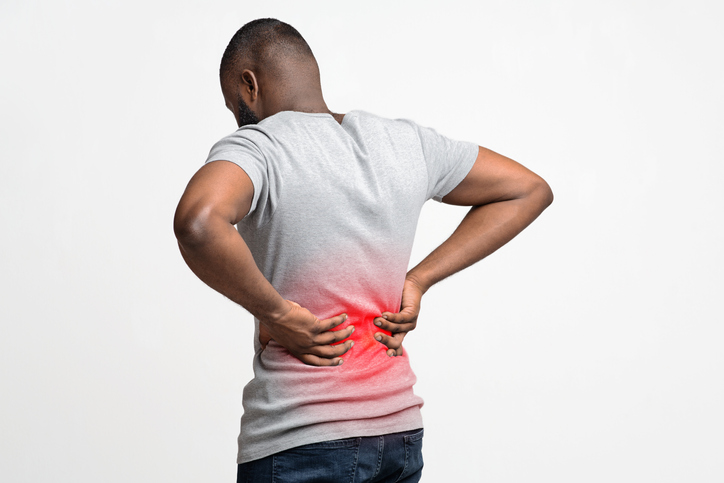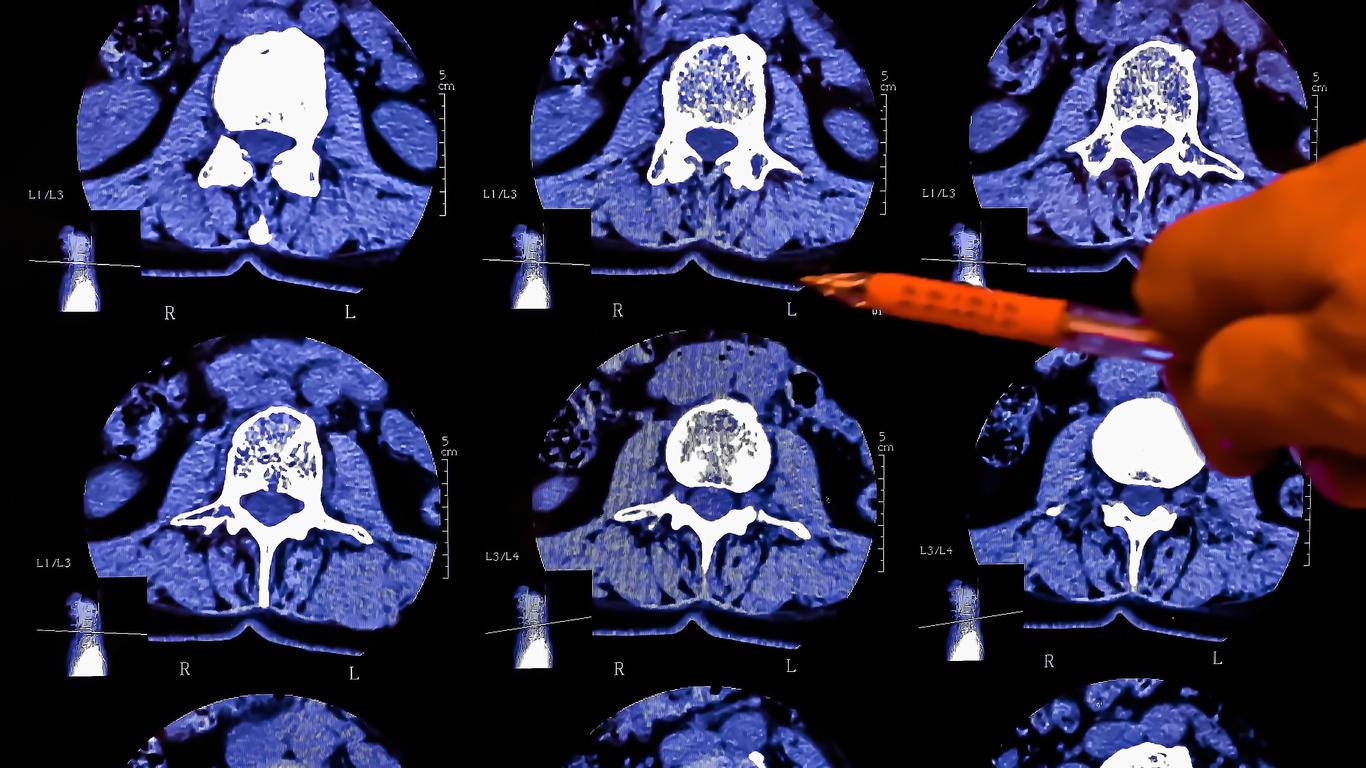Pain
At-Home Treatment Options for Degenerative Disc Disease (DDD)

What is degenerative disc disease?
Degenerative disc disease (DDD) is a condition of the spine, in which one or more of the discs between the vertebrae, also known as intervertebral discs, cause neck or back pain. Intervertebral discs are the cushions between the vertebrae; they keep the back pliable and enable the body to bend, twist, and carry weight. Intervertebral discs are mainly composed of water, and as a person ages, the discs dry out, lose their flexibility, elasticity, and the ability to absorb shock. When this causes pain, it is referred to as degenerative disc disease. DDD is a progressive condition; the main treatment goals are to manage pain and prevent further damage.
In addition to conventional medical treatments and complementary and alternative treatment options for degenerative disc disease, various at-home treatments are also available.
A variety of at-home treatments can reduce pain and slow or prevent the progression of degenerative disc disease, including physical activity, good posture, over-the-counter medications, temperature therapy, transcutaneous electrical nerve stimulation (TENS), and relaxation techniques.
Physical activity

During a degenerative disc disease pain flare, a day or so of bed rest may help take pressure off the back; however, long-term bed rest is no longer advised with any back condition, including degenerative disc disease. Movement is required to keep the back muscles strong and flexible. Staying active is an important way to slow the progression of degenerative disc disease. Low impact aerobic activity, such as walking, gentle swimming, or water aerobics, produces endorphins (the body’s natural painkiller) and may help with weight control, which can reduce pressure on the spine. Light, gentle stretching helps to keep the back flexible. It is important not to overstretch as that can lead to increased pain. Yoga or Pilates helps to stretch the body and improve core strength. Exercises to avoid include sit-ups and toe touches.
Good posture

Maintaining or achieving proper posture reduces strain on the spine, which decreases pain. It’s important to sit and stand up straight and avoid slouching. Using good body mechanics when lifting objects (lifting with the leg muscles, not the lower back) helps prevent further damage.
Over-the-counter medications

Over-the-counter medications can help with pain from degenerative disc disease. Nonsteroidal anti-inflammatory medications, such as naproxen or ibuprofen, are used to treat pain and inflammation, and pain-relievers, such as acetaminophen, are used to treat pain. Topical options, such as lidocaine patches or menthol rubs, are also available.
Temperature therapy and TENS

The use of a cold compress can help reduce inflammation and pain while the use of a hot compress can help relax tight muscles, ligaments and joints. Transcutaneous electrical nerve stimulation (TENS) uses electrical impulses to prevent pain signals from reaching the brain.
Relaxation techniques

Relaxation techniques, such as guided imagery, hypnosis and visualization, can help alleviate pain, anxiety and depression. Implementing relaxation techniques has the added benefit of eliciting the relaxation response.


















